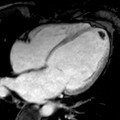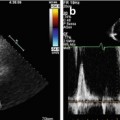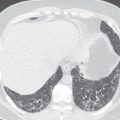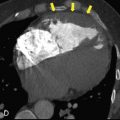Some assignments feel like quiet puzzles. A lab report belongs to that category. You gather data, trace patterns, and then try to shape the whole experience into something clear enough for another student to follow. Learning how to write a lab report is less about perfection and more about slowing down, observing your own process, and telling the story of your experiment with accuracy and care.
A good report creates a small world on the page. You guide the reader from question to method to insight. When the flow feels natural, the science becomes easier to understand.
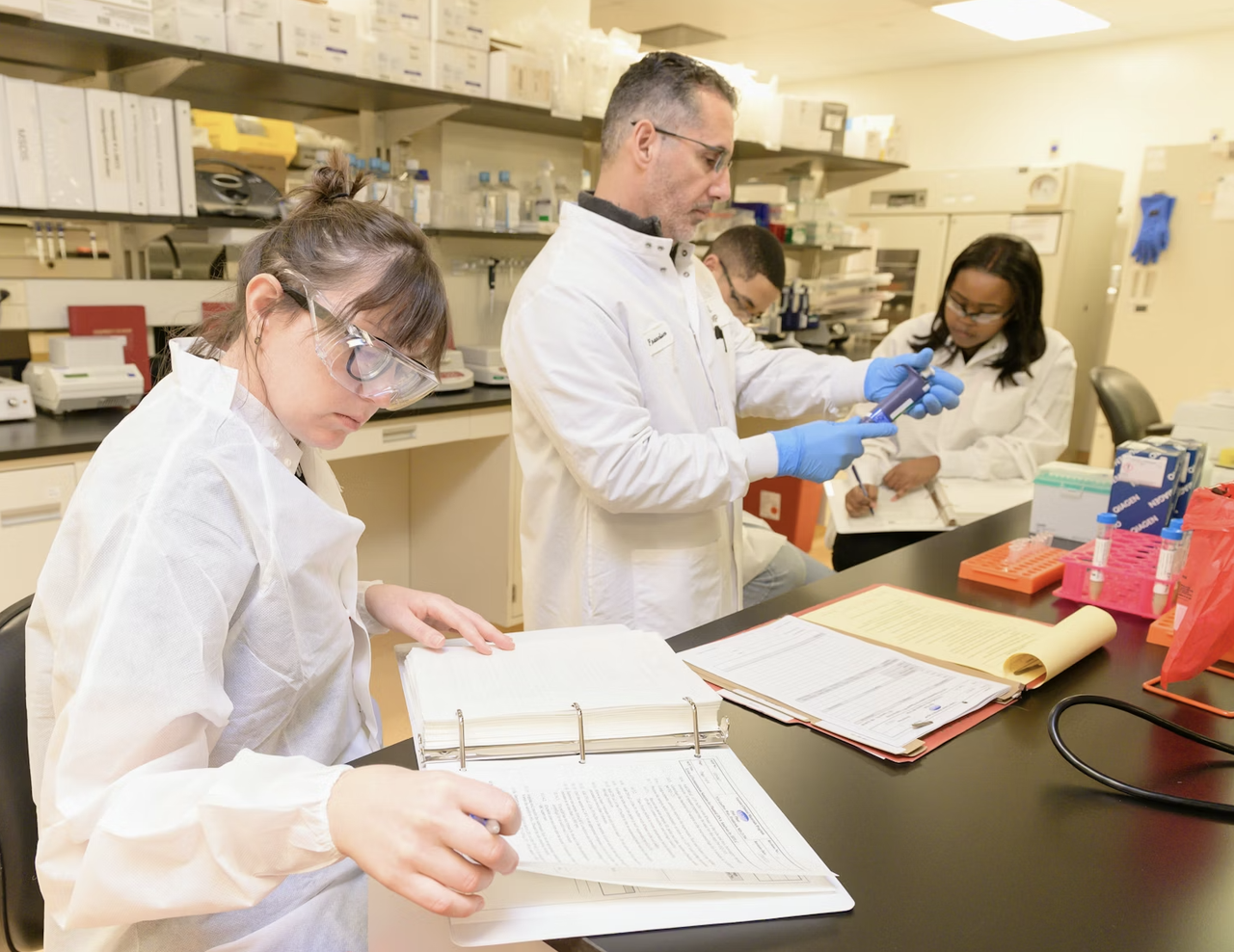
The Purpose of a Lab Report
Every student reaches a moment when scattered notes sit beside a half-finished draft. At times like that, guidance helps. A lab report writing service often reminds students of something simple. A report exists to document how an experiment happened, what it revealed, and why it matters. That purpose shapes everything.
Think of a lab report as a record of thinking. You start with curiosity. Then you pull together materials, follow procedures, gather evidence, and choose what deserves interpretation. The document preserves all of that in an organized way. Scientists rely on this structure because it allows anyone to retrace the steps.
Strong lab reports also train you to communicate with precision. You learn to keep your opinions in check until the right moment. You learn how to show data in a clean, structured form. And eventually, the structure itself becomes a habit.
Lab Report Format: How to Write Each Section
A formal report follows a familiar sequence. You might recognize the parts, yet each one does a different job. Here is how to shape them with clarity.
1. Title & Abstract
Every report needs a title that reflects the question or experiment. If you prepare a formal lab report title page, include the experiment name, your name, course details, and the date. Keep it clean. Think of it as the gateway to the paper.
The abstract comes next. It is a small window into the full work. Aim for four or five compact sentences. Mention the purpose, the method, the main result, and the core conclusion. Resist the urge to explain every detail. The abstract lets the reader know what to expect.
2. Introduction
Imagine introducing the experiment to a friend who studies in another field. They know the basics of science, but they need context. That is the spirit of a good introduction.
Explain the background of the topic. Mention relevant theories or previous findings. Clarify the purpose of the experiment and the hypothesis you worked with. End with a sentence that signals the direction of your report. At this stage, focus on clarity rather than style. You set the stage for what follows.
3. Methods
The Methods section tells the reader exactly what you did, step by step. The key is transparency. Another student should be able to replicate the experiment based on your description.
Use radiology as an example. A radiology experiment might involve selecting imaging equipment, preparing samples, adjusting exposure settings, measuring radiation doses, and recording contrasts on the resulting images. A well-written Methods section lists each procedure in order. Include quantities, durations, equipment models, and any specific conditions. Avoid commentary. This section is factual and steady.
4. Results
The Results section presents what you observed. Think of yourself as a storyteller who lets the data speak first. Use tables, graphs, and images when they clarify your findings. Each visual should have a label, a caption, and clean units.
Many students look up guides on how to write a college lab report and discover the same advice. Results must stay focused. Do not explain why something happened. Do not compare outcomes. That belongs to the Discussion. Here, present the data as directly as possible.
5. Discussion & Conclusion
Now you shift into interpretation. The Discussion answers the questions raised earlier. Explain how the results supported or challenged your hypothesis. Connect findings to scientific concepts or previous studies. Offer possible explanations for patterns or unexpected outcomes.
The Conclusion can be brief. State the core insight. Mention what the experiment taught you or what a future test might explore.
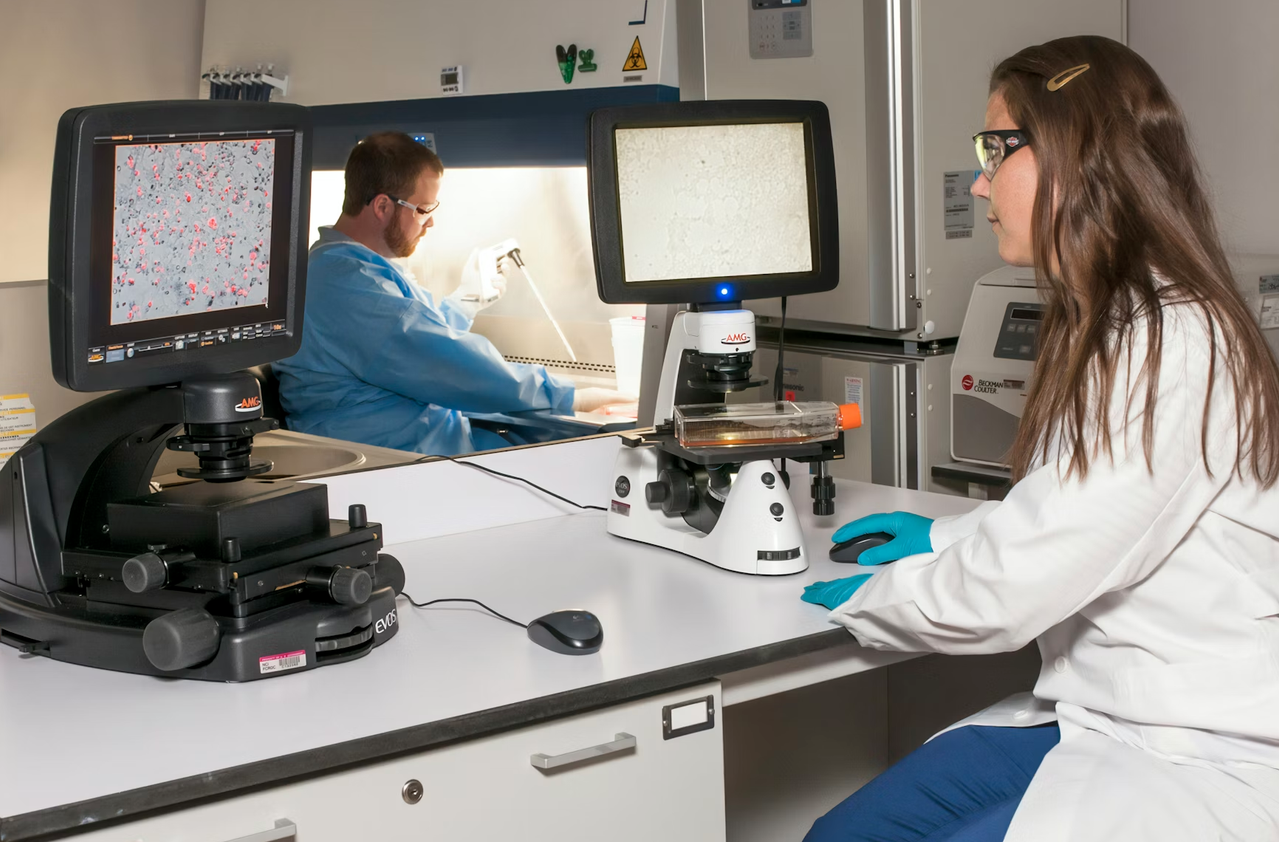
Common Mistakes to Avoid in a Formal Lab Report
Students often write too quickly and lose the logic of the experiment. The most frequent issues are small, yet they matter:
- Missing labels on graphs, images, or tables
- Units that shift from one section to another
- Procedures described out of order
- Results mixed with interpretation
- Citations that feel incomplete or are formatted inconsistently
- Visuals with unclear legends or symbols
- Title pages that leave out important identifying information
- Introductions without enough background to anchor the hypothesis
- Overly casual language that weakens the scientific tone
These mistakes affect readability and disrupt the logic of the experiment. A clear report guides the reader from purpose to conclusion. Daniel Walker, an education expert at online essay writing service Studyfy, often reminds students that a steady structure protects this flow. Even small corrections can strengthen the entire draft.
The Bottom Line
A lab report speaks through structure. When the pieces connect, readers move through the experiment without confusion. If you want to learn how to create a lab report, think in layers. First, gather your notes. Then, sketch the sequence of events. After that, build each section with the kind of clarity you would expect from someone teaching the experiment to you.
Once you reach the end, the scattered thoughts of the early draft take shape. You see the logic. You feel the thread of the experiment. And that is the quiet satisfaction of scientific writing.
Stay updated, free articles. Join our Telegram channel

Full access? Get Clinical Tree


